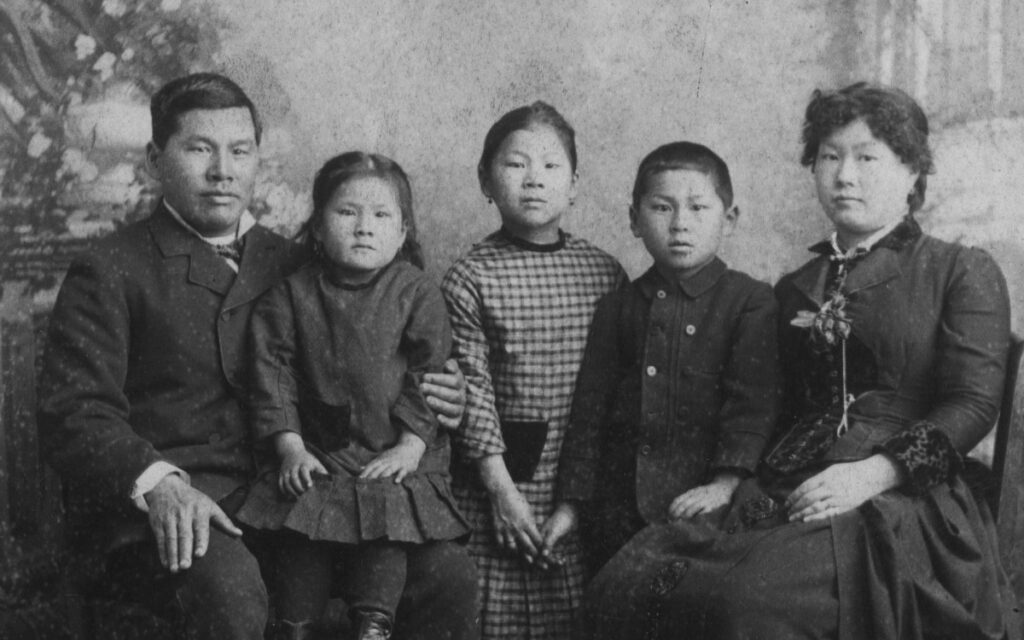In 1954, the Brown vs. Board of Education of Topeka marked the end of racial segregation in public schools after years of discrimination experienced by African Americans. But did you know that Chinese-Americans also fought a similar battle seventy years earlier?
In 1884, the Tape family filed a lawsuit against the San Francisco board of education as a school principal refused the admission of their 8-year-old daughter. She was denied access solely because of her Chinese heritage. The family won.
Why Did the Tape Family Sue the Board of Education?
In the late 1800s, Chinese children were denied access to education in San Francisco’s public schools even if they were born in the United States. The California state legislature passed a law in 1880 granting all children, regardless of race, access to public education.
A Chinese family experienced discrimination when they tried enrolling their eldest daughter in the Spring Valley Primary School. The Tape family migrated several years back and were already living in a predominantly white neighborhood, so it was natural for them to enroll their child in the school nearest them as opposed to the schools in Chinatown. (Source: History)
Mamie, the eldest daughter of Joseph and Mary Tape, was declined enrollment because of her Chinese heritage even though she was born in the US and was a bonafide American citizen. The Tapes challenged the exclusion their child encountered as they were American citizens and had assimilated to the standards of the white middle class.
The couple turned to the Chinese consulate for help, protesting the city’s school board. But the board ruled that the exclusion was lawful, so the Tapes hired William Gibson to represent them as they sued Jennie Hurley, the principal of Spring Valley Primary School. They also sued the San Francisco Board of Education and the public school superintendent, Andrew Jackson Moulder. (Source: NPS)
Did Mamie Attend Spring Valley Primary School?
Through Gibson’s actions, the suit went to Superior Court. The lawyer argued that Spring Valley violated the 1880 California school law and also violated the young girl’s right to equal protection under the 14th Amendment to the US Constitution.
The case advanced to the California State Supreme Court. In March 1885, the supreme court ruled that the state law required public education to be open to all children. But the San Francisco School Board responded by fast-tracking a new state law authorizing separate schools for children of Chinese and Mongolian descent.
The law brought about the creation of a Chinese-only school, but before its construction, the Tapes retried enrolling their daughter to Spring Valley. Again, they were unsuccessful as Hurley claimed that the classrooms were already too crowded and that Mamie didn’t have the proper vaccination certificates. This resulted in an outraged Mary Tape, who wrote to the Alta California newspaper, sharing her disgust and anger towards the situation.
Unfortunately, Mamie could not attend Spring Valley and was forced to enroll in the new Chinese Primary School. But Tape’s case paved the way for others to follow suit in the following years, but all failed to desegregate the school systems. Segregation would only be repealed in 1947 and was greatly popularized in 1954 during the Brown v. Board of Education of Topeka hit the news. (Source: History)
